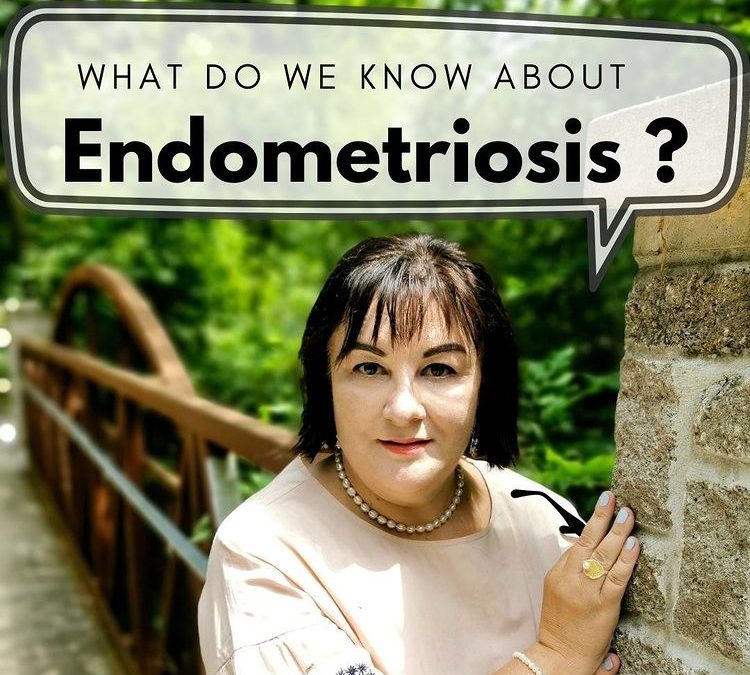We know that endometriosis is a Chronic
• Inflammatory (causes inflammatory reaction of affected organs and a surrounded area)
• Hormonal (depends on fluctuation hormones, sensitive to estrogens and resistant to progesterone)
• Immune (causes immune reaction)
• systemic (can affect different parts of the body)
• genetic (some genes are involved, and we see it more in family members)
• heterogeneous (can be in different forms) disease.
There are three different sets of observable characteristics, what we called phenotypes. Endometriosis can grow superficially, affect ovary through the tumor formation (endometrioma) and infiltrate organs deeply, including uterine body (adenomyosis).
Diagnosis of endometriosis is very challenging. It can be without symptoms in majority of women. It does not require laparoscopy in all patients. Histological confirmation of diagnosis is not necessary.
Modern management of endometriosis is focused on woman’s complains and not always required. It should be individualized always according to the woman’s wishes and priorities.
Medical treatment is the first option in most cases. Pain symptoms should be treated with painkillers without delay.
Hormonal treatment is the second line of treatment and can be used in women who are not planning pregnancy.
Surgical treatment is not so common like before and can be used to in cases where medical treatment failed or was not indicated.
Assisted reproductive technologies can be performed without previous surgery for selected patients with infertility.
Endometriosis has become a commercial diagnosis in many countries as it is a chronic condition with no clear diagnostic criteria. Raise your level of knowledge about this disease and do not rush to surgical treatment if your condition does not require urgent intervention.




Комментарии